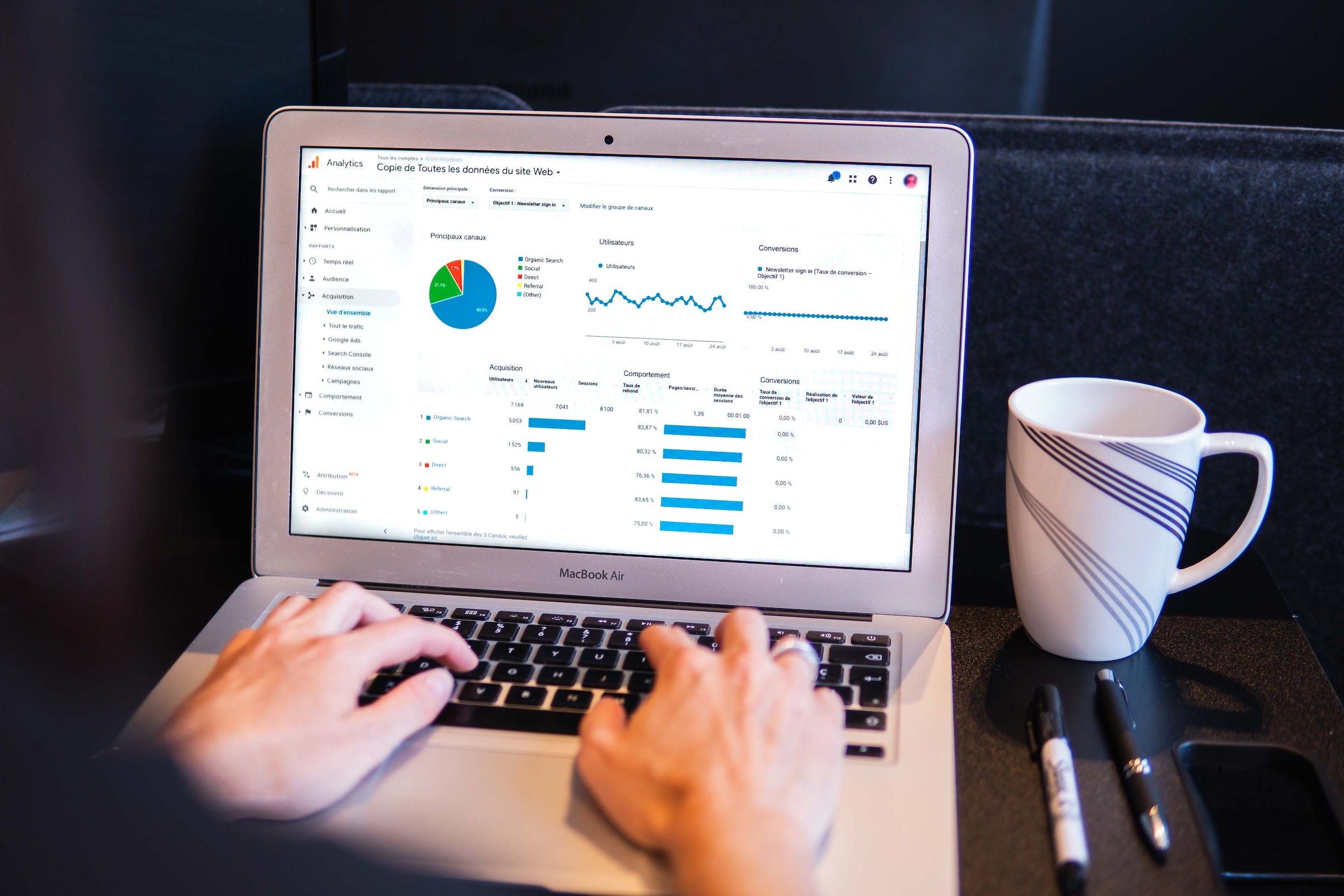
Google Ads Marketing Strategies
September 7, 2022
What’s Driving the Crypto Crash?
September 13, 2022Writing Wine Reviews Using All Five Senses
Writing a wine review can be a daunting task. While many people focus solely on taste and smell, there are other senses that you can use to write an engaging piece. For example, if you love raw vegetables, you can include in your wine review the benefits of eating them! By using your five senses to describe a wine, you will be able to capture your reader’s interest and make them want to try the product yourself.
Reviewing a wine with all five senses
If you are serious about reviewing a wine, it is essential that you use all of your senses to properly review the wine. Wine tasting involves using your olfactory, gustatory, visual, and auditory senses. These senses are responsible for detecting chemical compounds, as well as detecting alcohol content and flavor. The olfactory receptors are located in the nostrils. Using all five senses to review a wine can help you understand its complex flavor and aroma.
The first step in reviewing a wine is to smell it. After smelling it, you should hold it in your mouth for a few seconds, until it coats the surface of your tongue. This will give you a full experience of the wine. As you continue to savour the wine, you will notice the different flavors that the wine provides you with. Each component will contribute to the overall impression of the wine.
Writing a tasting note
Writing a wine tasting note requires some practice and knowledge of the wine you’re reviewing. Ideally, your note will contain the wine’s name and producer, its region of origin, its grape variety, and its price. It should also include information on the wine’s alcohol percentage and a brief history. However, you should not use too much detail that will take the reader’s attention away from the wine’s taste and texture.
In addition to being descriptive, your note should include food pairings. It’s easy to make a wine pairing sound boring, but you can get creative. For instance, instead of a boring roast beef, you can describe a dish that pairs well with a specific wine, like grilled chicken or marinated chicken in a spicy sauce. You can include any side dishes that accompany the wine.
Using a rating system
Using a rating system to review wine can have its benefits and drawbacks. For starters, it can lead to a lack of diversity in a region’s wines. This is especially true if wineries have incentives to give high scores because these high scores result in advertising benefits. In addition, it can hide regional characteristics and encourage producers to mimic neighboring wines.
Another problem with the current rating system is that it can be quite arbitrary. For instance, a wine can score an 86 and a 94, and both scores could be wildly different. For instance, a wine that scored 86 is only acceptable for a drinker who doesn’t know much about wine, and a wine that received 94 points is likely to be a quality bottle.
Creating a wine list
There are several ways to organize a wine list. A more democratic approach is to organize by region, with wines from America and California appearing near the top of the list. This approach also allows restaurants to easily showcase multiple wines from the same producer. You can also group wines by producer, and organize them alphabetically.
Some lists contain tasting notes and other information, but these are cumbersome for longer lists. However, they can give your customers an idea of the style and flavor of a wine and empower them to make a more informed decision. While there are different schools of thought on how to design a wine list, there are some general guidelines that can help you create an informative, targeted list for your customers.
Using social media to promote a wine
Engaging with customers on social media is a powerful strategy to boost brand loyalty. In fact, 57% of consumers will remain loyal to a brand if they feel they have a connection with the company. By addressing customer questions and concerns, wineries can build a positive reputation and foster a community of advocates.
In addition to driving sales, social media allows wineries to connect directly with their audience. Using these tools to build relationships with customers can help them better serve their consumers and improve customer service. This is essential in building a solid brand and reputation.



